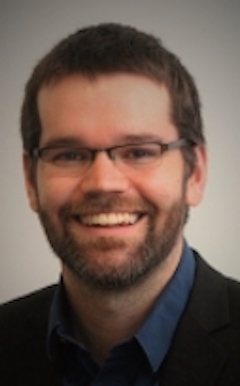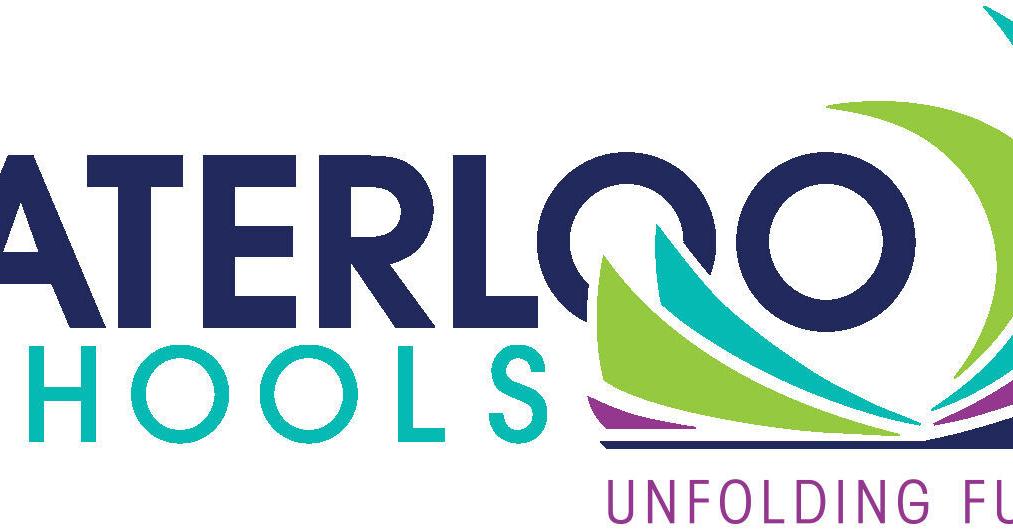University of Massachusetts geoscientist and engineer Colin Gleason has received a $2.1 million grant from NASA to work with computer science colleagues at UMass Amherst and the Jet Propulsion Lab (JPL) in Pasadena , California, to create a cloud-based software system that provides unprecedented public access. satellite data on the quantity and quality of the Earth’s water.
Image
Under the new grant, Gleason and co-principal investigator Subhransu Maji, an associate professor at Manning College of Information and Computer Sciences, will create an analytical collaboration framework that will provide hydrologists and others with access to data collected by SWOT and two other satellites, Landsat from NASA and Sentinel 2 from the European Space Agency. This will provide unprecedented access to information on the flow and sediment load of every river on Earth wider than 50 meters. The other grant partners are Tamlin Pavelsky, University of North Carolina; John Gardner, University of Pittsburgh; and Suresh Vannan and Nikki Tebaldi, JPL.
“This project is exciting because it combines software engineering from NASA with computer vision research here at UMass Amherst and sediment experts from UNC and Pitt,” says Gleason, co-investigator of the scientific team of the SWOT mission.
Scheduled to launch in late 2022 on a SpaceX rocket, the SUV-sized SWOT will collect ocean height data to study currents and eddies up to five times smaller than previously detectable. It will also gather detailed information about freshwater lakes and rivers. Accurate estimates of river and sediment flow are useful for flood hazard analyses, studies of ecological diversity, and estimates of the volume of greenhouse gases released from rivers and reservoirs according to NASA. due to bacterial activity.
There is currently no database available to provide near real-time information on river depth, flow and sediment load, let alone a publicly available database. Those who need access to it currently have to download raw data and run their own models.
“We know hydrologists need it, so we’re going to build it,” Gleason says.
Image

Since the data is available in near real time, “you can feed it into operational forecasts, irrigation forecasts, reservoir operation forecasts, flood models. So it’s really water managers and agricultural districts that are already using river flow models that can use it right away,” says Gleason. “It is also particularly useful for predictions of flooding and siltation, for example in the Himalayas, as glaciers melt and release a currently unknown volume of water and sediment downstream into the land area the most densely populated in the world.”
As for the impact the framework will have on his research and that of other Earth scientists, “it’s a sea change,” he says. “We want to know the amount of water in the world’s rivers. That will tell us.
The goal is for all the data to be made public one year after the SWOT launch, towards the end of 2023, says Gleason.
For more information on SWOT, visit: https://swot.jpl.nasa.gov




